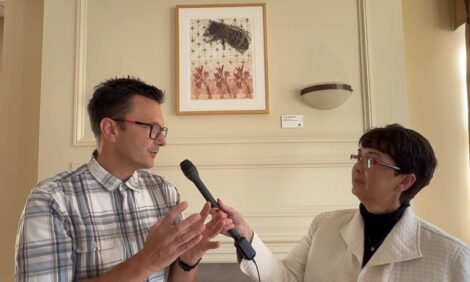



Silage Pits Need Filling
Delaying cutting will increase bulk but quality will drop, says Teagasc adviser, Padraig O'Kiely in anticipation of fodder shortages this winter.Fodder for next winter will be scarce. Most pits were cleaned out and first cut silages are well behind target. Every effort must be made to grow additional grass over the next eight to ten weeks and conserve it as silage. Second cuts will be required on most dairy farms this year; this will have implications for fertiliser programmes (nitrogen [N], phosphorus [P] and potassium [K]) in this period.
With more ground closed for second cut, the stocking rate on the grazing ground will be higher, with more fertiliser N required to grow more grass. Silage crops will continue to grow at high levels (110kg DM/day) up to mid June; growth rates will drop after this date (to 70-80kg DM/day) according to Padraig O’Kiely, Teagasc, Grange. Delaying cutting until late June will increase bulk, but will lower quality, and regrowths after cutting will be slower.
Where second cuts are needed, cut crops in early to mid June when weather is right, fertilise, and get the crop growing again. The grass-growing ability of your grazing area, soil type, P and K status of soil, and level of ryegrass in the sward (recent reseeding), are the key factors influencing the stocking rate potential of your grazing area during June/July. Where these conditions are in your favour, cows could be stocked at up to 3.5 cows/ha during this period. On lower growth farms, stocking rate may be less than 2.5 cows/ha. The surplus ground should then be used as the planned second cut.
Table 1: Fertiliser N Recommendation for Different Stocking Rates During July and August.

Key Points
- Don’t over delay cutting of first cut silage.
- Close a proportion for second cut silage having assessed your first cut yield.
- Complete a fodder budget for your farm – talk to your Teagasc adviser.
- Second cut – apply 100kg N/ha (80 units/ac) and use adequate P and K.
- Increase stocking rate on grazing ground to match farm growth potential.
- Apply appropriate fertiliser to match stocking rate (Table 1).
- Sulphur for grassland – keep applying during June, and spread 20-25 units/acre annually.
- Surplus stock for next winter – identify stock to be sold and get ready for sale.
June 2013


